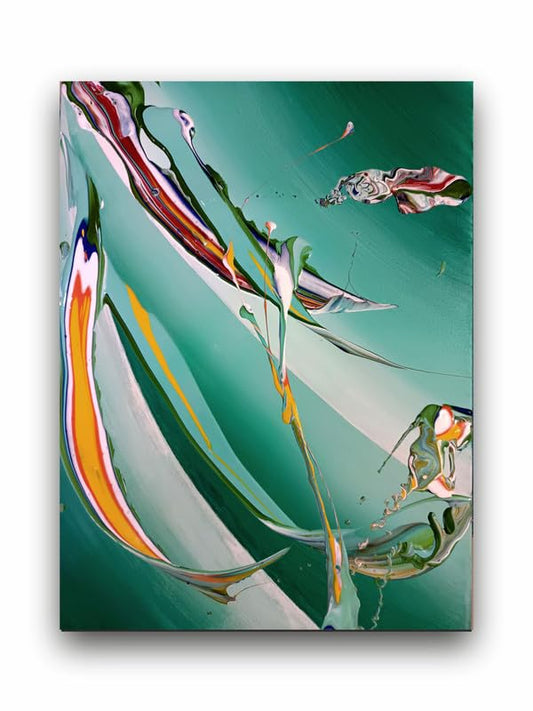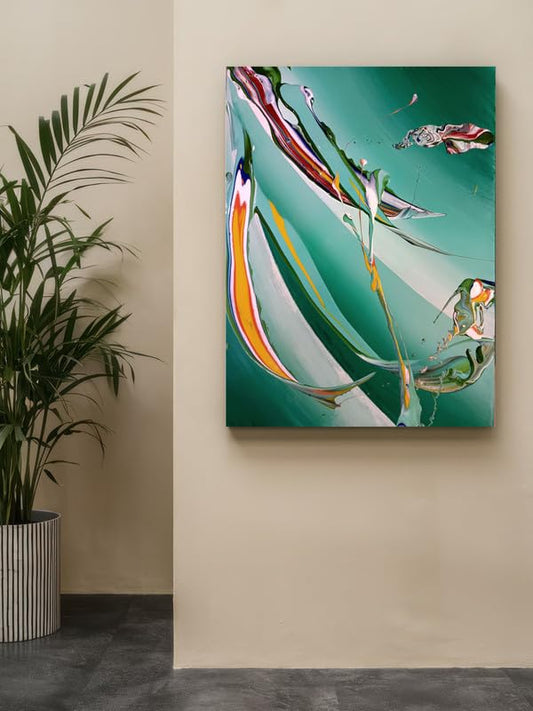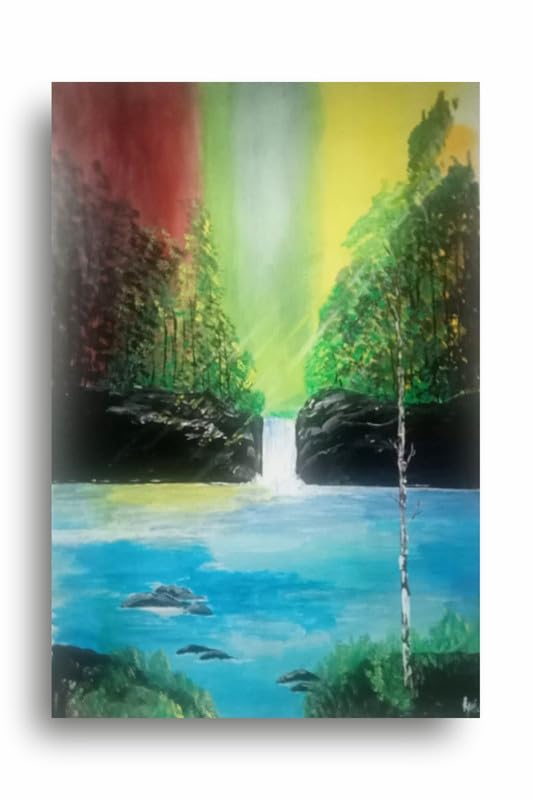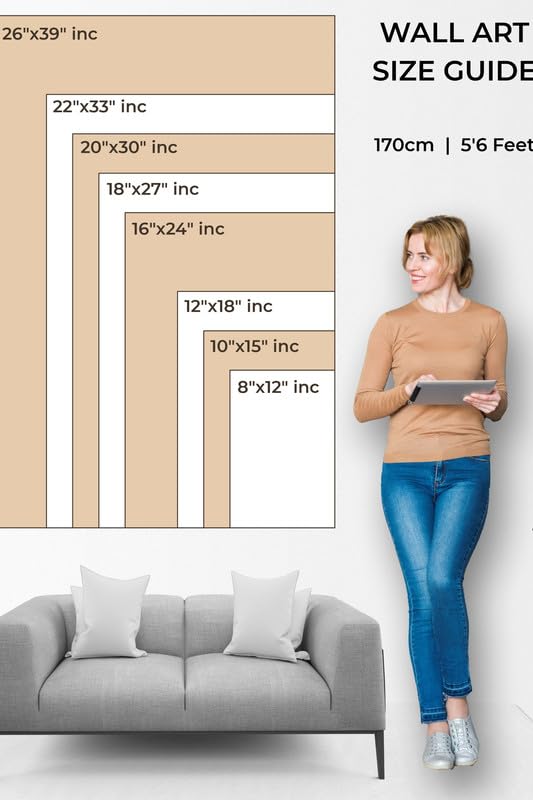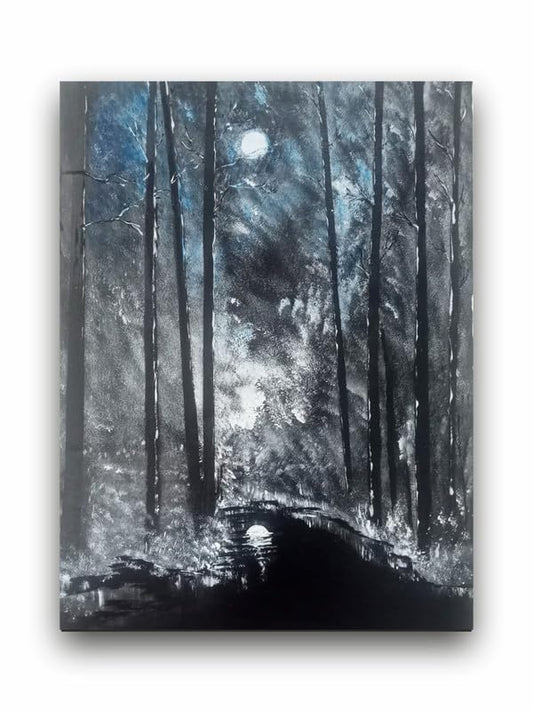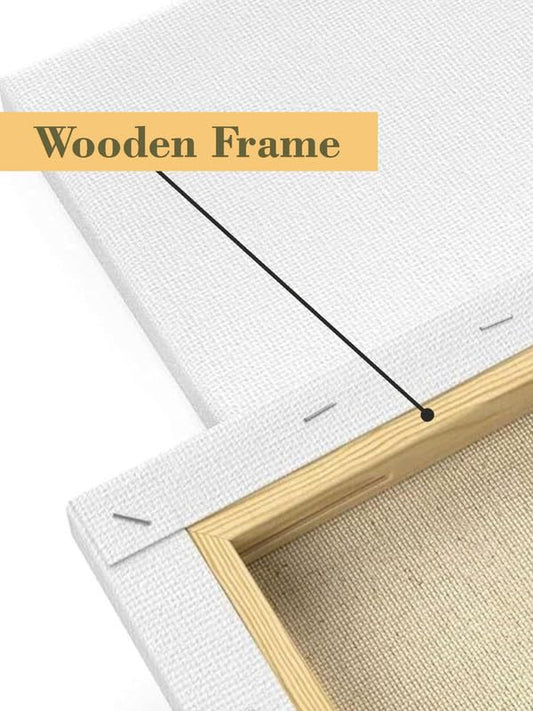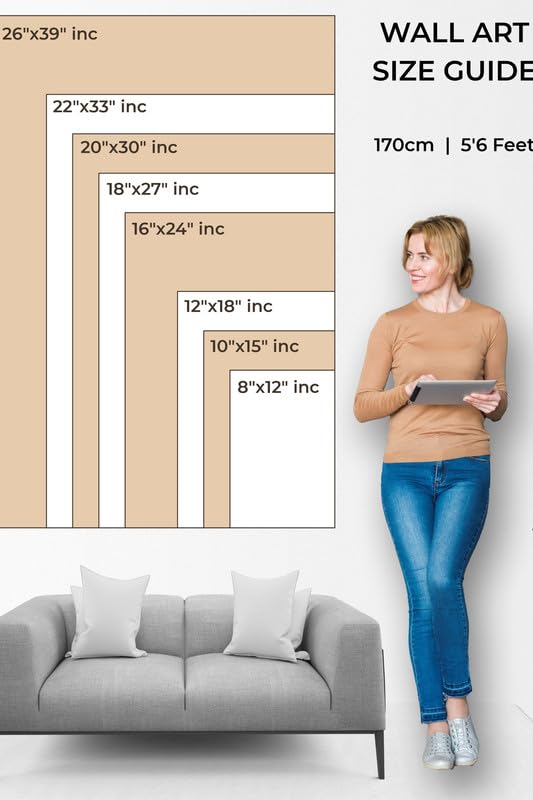
Abstract Art in Public Spaces: Mural to Installation
Abstract Art in Public Spaces: Mural to Installation
Abstract art is one of the major ways of putting forth emotions and ideas or themes that would most probably be hard to do in any other form. Public space in this regard gives abstract art another life, moving beyond what is witnessed through galleries and museums. From large-scale murals to interactive installations, abstract art in public places provides a unique display opportunity for artists to message diverse audiences.
The Power of Public Murals
Abstract art is always present in cities, particularly on the city walls through murals. These large paintings, spread on the sides of buildings, allow artists to transform what otherwise may become boring urban landscapes into vibrant images and expressions of creativity. Murals, and abstract ones in particular, can inspire solemnity, raise questions, or simply make a neighborhood more beautiful. Abstract murals break the barriers created by traditional forms of art; the person in the street would be able to view the art without any need to visually record a story. The loud use of colors, shapes, and patterns serves as an individual and emotional interpretation of the artwork.
Abstract Installations: The Dialogue of Space
While murals are also another form of abstract art popular in public spaces, installations have also begun to follow suit. Such works often engage with their surroundings much more directly and physically. Unlike murals, which are by their nature immobile, installations can be three-dimensional and may even change the very sense of the space they occupy. For example, an abstract sculpture may engage with light and shadows, or an installation may be constructed in such a manner that it changes with the weather, thus changing the relationship between art, nature, and viewers.
Public spaces for abstract art are beautiful because they offer an invitation to engagement. Visitors can almost touch, walk through, or even become part of the work of art, and especially with interactive installations. That turns a simple visit to a park, plaza, or city street into an arts experience you aren't likely to forget. It tears the curtain that divides the viewer from the work of art for personal contact and connection.
Building Community and Conversation
Public spaces are inspired by abstract art to feel a sense of community and also encourage people to talk about the work, providing different groups of people with a place to share common experiences through viewing and emotional connections with what they see. And in a manner of speaking, these are communal touch points at which people come together through individual visions, experiences, and responses to the art.
In many cities, public art projects involve artists and communities toward creating something unique related to the identity of, or aspirations for, a place. It will let people view their environment with a different perspective and new insight regarding familiar surroundings. As more and more cities take to abstract art in public spaces, the urban landscape becomes a gallery where everyone is both a viewer, participant, and contributor to the continuous dialogue between art and society.
Conclusion
Abstract art is no longer something presented just as decoration in public spaces; it is a transformation of everyday life that transforms public areas into canvases for creative expression in murals, installations, or other forms of art that challenge the ways one thinks, feels, and moves to bring art closer to people. Abstract art dissolves all kinds of barriers between art and the viewer, opens up a sense of community, cross-communication, and strengthens the bond with the environment of presence.
Abstract Art in Public Spaces: Mural to Installation

